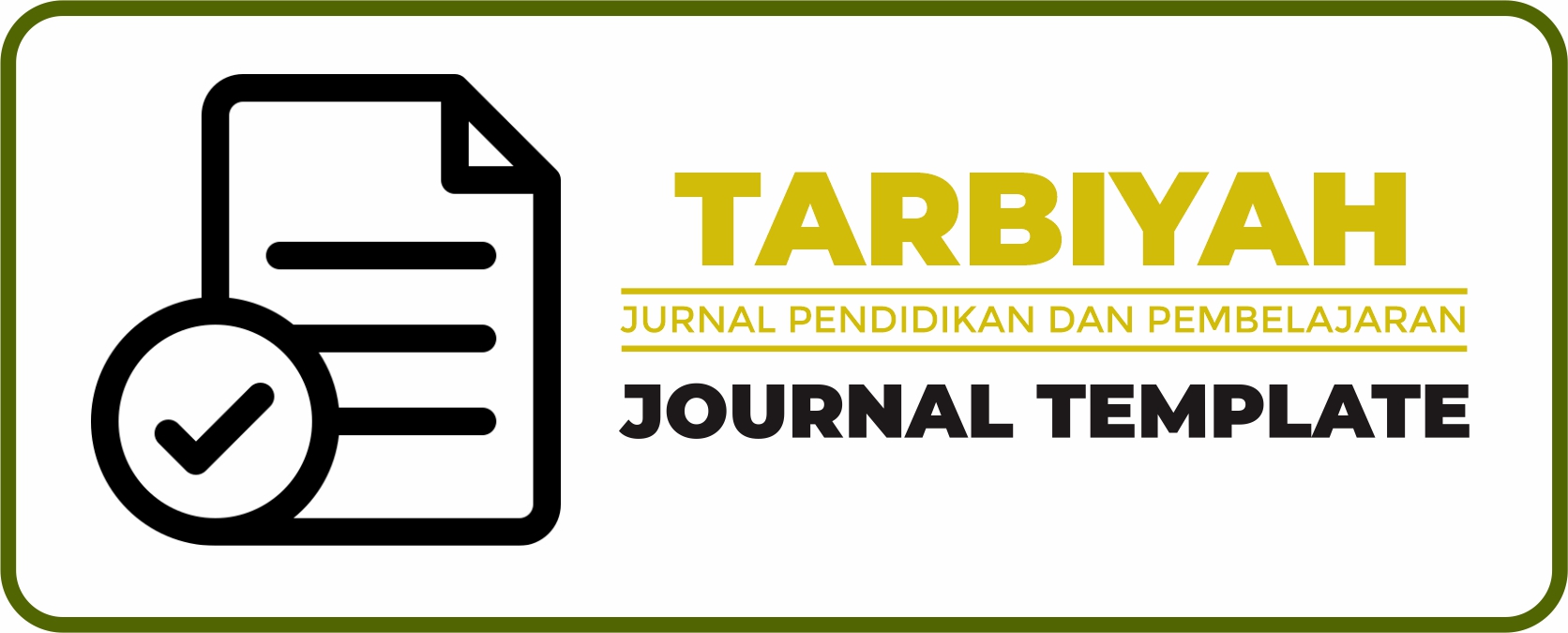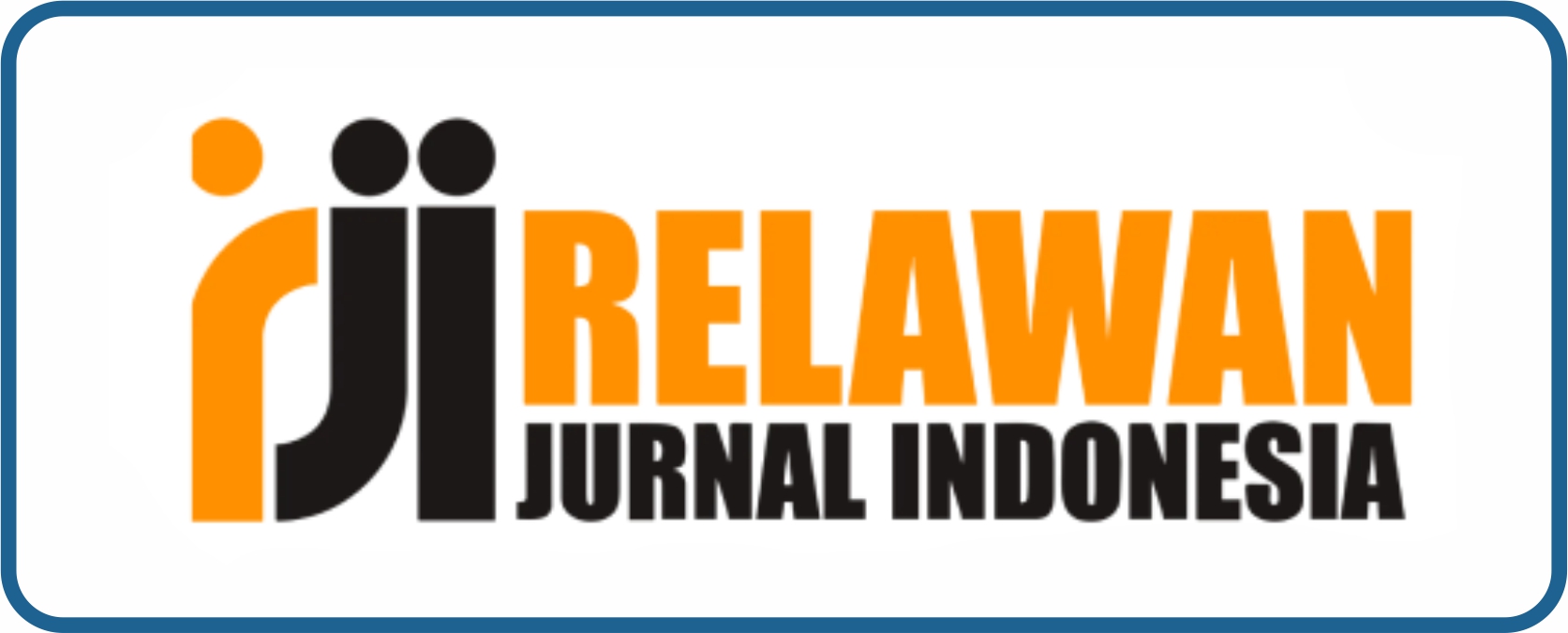Analisis Komparatif Pendekatan Behavioristik dan Konstruktivisme Sosial dalam Pembentukan Akhlak: Perspektif Neurosains Kognitif Islam
Comparative Analysis of Behavioristic Approaches and Social Constructivism in the Formation of Morals: Islamic Cognitive Neuroscience Perspective
Keywords:
education, cognitive neuroscience, behaviorism, social constructivismAbstract
This research aims to compare the effectiveness of behavioristic and social constructivist approaches in the formation of morals from an Islamic cognitive neuroscience perspective. The method used is library research on various related literature, including research on behavioristic theory, social constructivism, and cognitive neuroscience in Islamic education. Data were collected from academic journals and relevant Islamic studies databases. The research results show that the behavioristic approach is effective in shaping behavior through external reinforcement, while social constructivism encourages the internalization of moral values through social interaction. The integration of Islamic cognitive neuroscience insights provides a more comprehensive understanding of how the brain processes and internalizes moral values. In conclusion, the combination of these two approaches, supported by a neuroscientific perspective, produces a deeper and more flexible moral formation process in the context of modern Islamic education.
Downloads
References
Afiani, A. K. (2022). mplementasi Tazkiyatun Nafs (Penyucian jiwa) menggunakan konsep Konseling Sufistik Melalui Dzikir dan Puasa Dalail al-Khairat di Pondok Pesantren Darul Falah VI putri Jekulo Kudus. (Doctoral dissertation, IAIN KUDUS).
Basuki, B. (2021). Pola Pengembangan Pendidikan Dan Budaya Karakter Bangsa Di Sekolah, Madrasah Dan Pesantren. Edusia: Jurnal Ilmiah Pendidikan Asia, 34-41.
Baum, W. M. (2017). Understanding behaviorism: Behavior, culture, and evolution. John Wiley & Sons.
Davidson, R. J. (2012). Social influences on neuroplasticity: stress and interventions to promote well-being. Nature neuroscience, 15(5), 689-695.
Djamaluddin, & Wardana. (2019). Belajar dan Pembelajaran. Sulawesi Selatan: CV. Kaaffah Learning Center.
Doolittle, P. E. (1995). Understanding Cooperative Learning through Vygotsky's Zone of Proximal Development. ERIC .
El-Moslimany, A. (2018). Teaching children: a moral, spiritual, and holistic approach to educational development. International Institute of Islamic Thought (IIIT).
Fitria, N. (2023). Proses Komunikasi Intrapersonal untuk Meningkatkan Self-worth Setelah Mengalami Toxic Relationship Pada Perempuan Dewasa. Jurnal Ilmu Komunikasi, 2(1).
Gagne, & Briggs. (1979). Principles of Instructional Design. New York: Holt Rinehart and Winston.
Harahap, M. Y. (2023). Tazkiyatun Nafs Dalam Membentuk Akhlakul Karimah. . PT. Green Pustaka Indonesia.
He, P. S. (2023). The association of the glymphatic function with Parkinson's disease symptoms: neuroimaging evidence from longitudinal and cross‐sectional studies. Annals of Neurology, 94(4), 672-683.
Hidayat, R. (2022). Komunikasi Intrapersonal dalam Pengambilan Keputusan Prespektif Al-Qur'an. The Journal of Islamic Comunication and Broadcasting.
Ida, A., & Destiwati, R. (2022). Komunikasi Intrapersonal Remaja Putri Berjerawat dalam Meningkatkan Kepercayaan Diri. Jurnal Ilmu Komunikasi.
Iqbal, M. P. (2024). Relevansi Pendidikan Karakter dalam Konteks Pendidikan Islam: Membangun Generasi Berkarakter Islami. ndonesian Research Journal on Education, 4(3), 13-22.
Jaffer, I. (2018). Traditional Islamic Ethics: The Concept of Spiritual Virtue and its Implications for Contemporary Human Rights. Yorkspace.
KBBI. (2008). Kamus Besar Bahasa Indonesia . Jakarta: Pusat Jakarta.
Khoiruddin, M. &. (2023). Konsep pendidikan sosial berbasis tauhid dalam perspektif Al-Qur’an. Unisnu Press.
Kim, M. S. (2014). Doing social constructivist research means making empathic and aesthetic connections with participants. European Early Childhood Education Research Journal, 22(4), 538-553.
Latuheru, J. (1988). Media Pembelajaran dalam Proses Belajar Mengajar Masa Kini. Jakarta: Depdikbud.
Li, P. L. (2014). Neuroplasticity as a function of second language learning: Anatomical changes in the human brain. Cortex, 58, 301-324.
McClintock, C. H. (2019). How spirituality may mitigate against stress and related mental disorders: A review and preliminary neurobiological evidence. Current Behavioral Neuroscience Reports, 6, 253-262.
Muri, Y. (2017). Metode Penelitian: Kuantitatif, Kualitatif, dan Penelitian Gabungan. Jakarta: Kencana.
Prahara, E. Y. (2015). Metode Targhib Wa Tarhib dalam Pendidikan Islam. Cendekia: Jurnal Kependidikan Dan Kemasyarakatan,, 13(1), 157-169.
Raihan. (2017). Metodologi Penelitian. Jakarta: Universitas Islam Jakarta.
Ramayulis. (2012). Metodologi Pendidikan Agama Islam, Cet VII. Jakarta: Kalam Mulia.
Rosyad, I. M. (2011). Proses pembelajaran di pondok pesantren islam al-irsyad salatiga dalam internalisasi nilai mata pelajaran aqidah pada santri. (Doctoral dissertation, UNS (Sebelas Maret University).
Sabila, N. A. (2019). Integrasi aqidah dan akhlak (telaah atas pemikiran Al-Ghazali). NALAR: Jurnal Peradaban Dan Pemikiran Islam, 3(2), 74-83.
Saoqillah. (2022). Peranan Ilmu Komunikasi dalam Proses Pembentukan DIri Pada Mahasiswa KPI IUQI. At-Tawasul Jurnal Komunikasi dan Penyiaran Islam.
Schneider, B. &. (2017). Human lesion studies of ventromedial prefrontal cortex. Neuropsychologia, 107, 84-93.
Sugiyono. (2013). Metodologi Penelitian Kuantitatif, Kualitatif Dan R&D. Bandung: Alfabeta.
Suyadi, S. S. (2021). Islamic character education for student of public higher education in Indonesia. In International Conference on Engineering, Technology and Social Science (ICONETOS. Atlantis Press., 591-598.
Tabei, S. Z. (2024). Modalization and Transcendence of Health in the Coming Decade: Emphasizing the Human Cognitive System in the Stories of Prophets in the Holy Quran. ranian Journal of Medical Sciences, 49(6), 341.
Wildemuth, B. M. (2016). Applications of social research methods to questions in information and library science. Bloomsbury Publishing USA.
Yolanda, W. (2021). Kepercayaan Diri dan Kesadaran Diri Terhadap Komunikasi Intrapersonal dan Pengembangan Karir. Jurnal Psikologi Kesehatan.
Yusuf, M. (2017). Metode Penelitian: Kuantitatif, Kualitatif, dan Penelitian Gabungan. Jakarta: Kencana.
Downloads
Published
How to Cite
Issue
Section
License
Copyright (c) 2024 Hisyam Syafii, Halim Purnomo

This work is licensed under a Creative Commons Attribution-NonCommercial-ShareAlike 4.0 International License.









